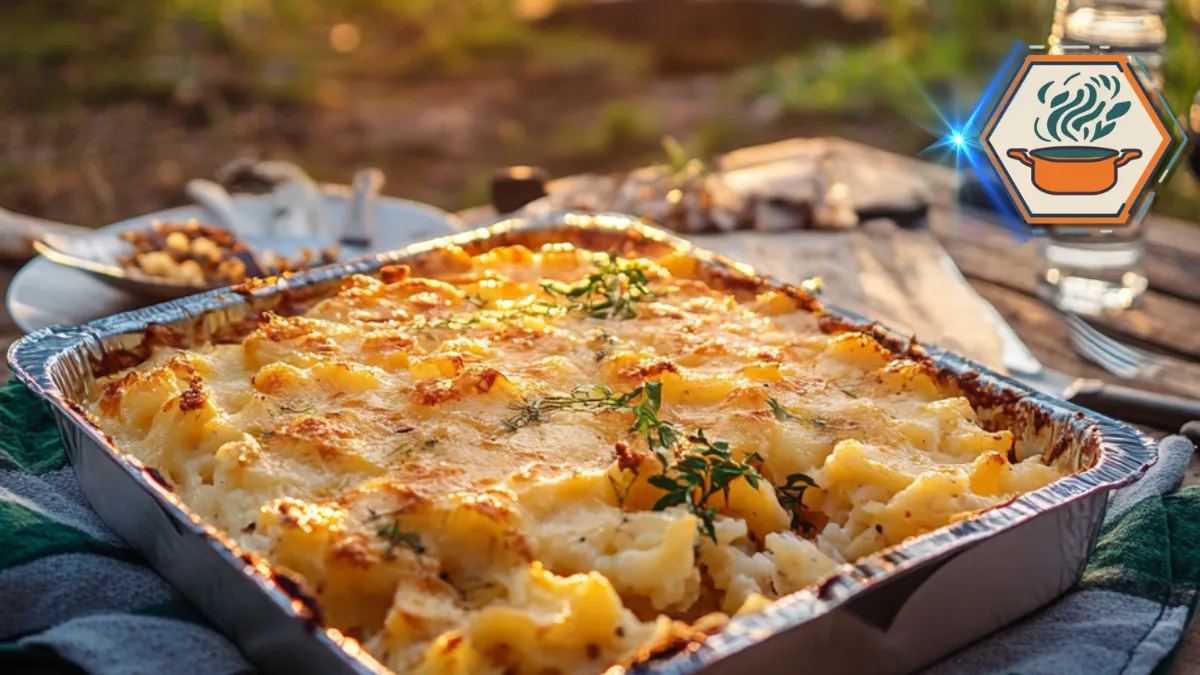Time to read:12 minutes
Table of Contents
Understanding Frozen Hash Browns for Casseroles
What Are Frozen Hash Browns?
Frozen hash browns are pre-shredded or diced potatoes that are partially cooked and frozen to preserve freshness. They save time in the kitchen and are a common ingredient in breakfast casseroles. Unlike fresh potatoes, these are ready to use and easy to store for months.
Frozen hash browns are available in different forms, including shredded, diced, or patties, making them versatile for various recipes. They are a popular choice in casseroles because they provide a rich, potato flavor and soft texture.
Learn more about preparing breakfast casseroles.
Benefits of Using Frozen Hash Browns in Casseroles
Using frozen hash browns offers several benefits:
- Time-Saving: They reduce prep time since they are pre-peeled and pre-cooked.
- Consistency: Their uniform size ensures even cooking in casseroles.
- Availability: Frozen hash browns are easy to find year-round, unlike fresh potatoes, which may vary in quality.
Frozen hash browns are especially useful when making large casseroles for family meals or gatherings. They provide a solid base for other ingredients like cheese, meats, or vegetables.
Types of Hash Browns Available
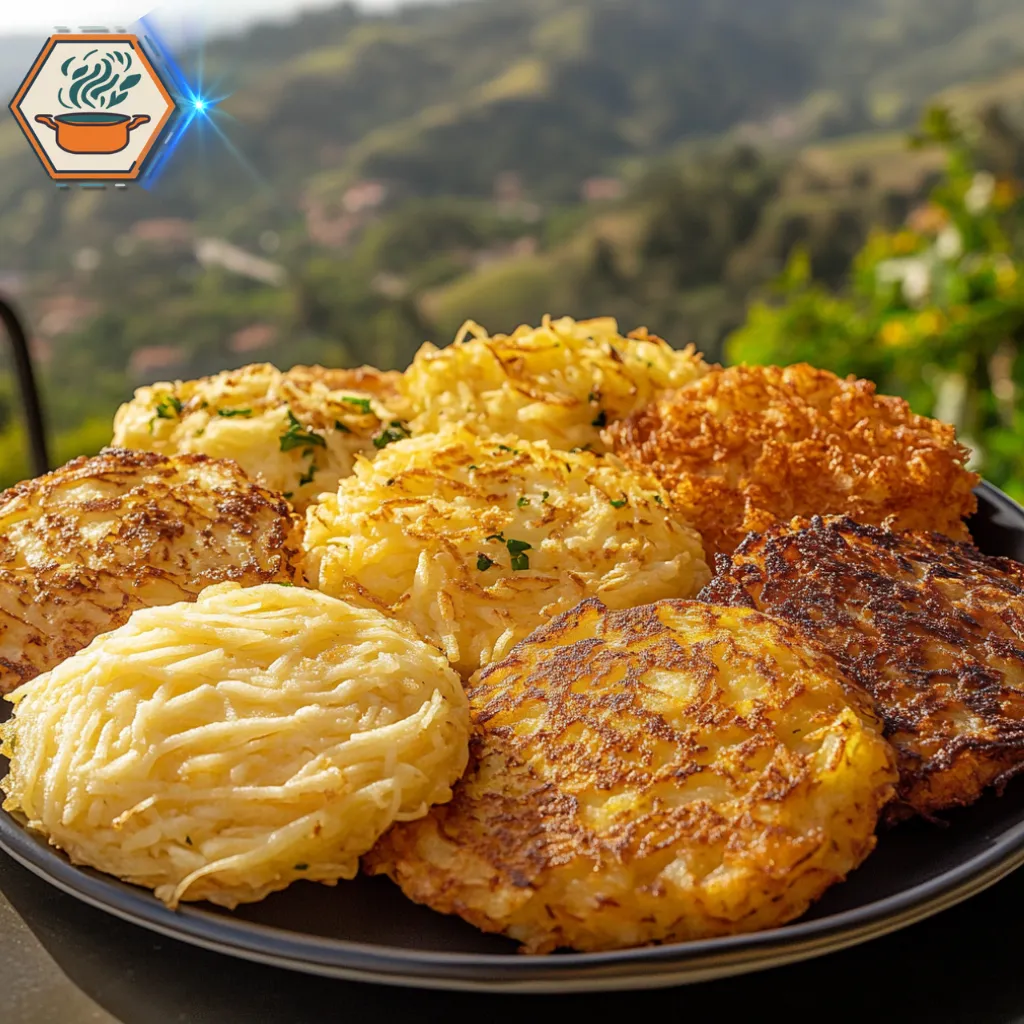
Frozen hash browns come in different varieties, each suitable for specific recipes:
- Shredded Hash Browns: These are thinly grated potatoes, ideal for a crispy top layer in casseroles.
- Diced Hash Browns: Small cubes of potatoes that add texture to casseroles.
- Hash Brown Patties: Flat, circular forms, best for layering in recipes.
When selecting hash browns, consider the texture you want in your casserole. Shredded hash browns create a creamy dish, while diced ones add a bit of bite.
How Freezing Affects Hash Browns’ Texture
Freezing preserves hash browns but changes their moisture content. Ice crystals form inside the potatoes, which can make them watery when thawed. If not handled properly, this moisture can affect the casserole’s consistency.
To avoid this issue, ensure you remove excess water after thawing frozen hash browns. Pressing them with a clean towel or squeezing gently helps reduce water content. Using well-thawed hash browns improves their texture and blends them better with other casserole ingredients.
The Thawing Debate
Do You Need to Thaw Frozen Hash Browns Before Cooking?
Yes, thawing frozen hash browns is recommended for casseroles. Thawed hash browns mix more easily with other ingredients, ensuring even cooking. Using unthawed hash browns can result in uneven textures, as the frozen centers may not cook properly.
Some recipes may suggest skipping the thawing process, but this works best for fried or baked dishes, not casseroles. Thawing allows the hash browns to absorb flavors from seasonings and other ingredients.
Risks of Using Unthawed Hash Browns in Casseroles
Cooking with unthawed hash browns has drawbacks:
- Uneven Cooking: The frozen center may remain raw while the edges overcook.
- Watery Casseroles: Excess moisture from ice crystals can dilute the flavor and make the dish soggy.
- Texture Issues: Unthawed hash browns may not blend well with cheese, cream, or seasonings.
Properly thawing hash browns avoids these problems and results in a creamy, flavorful casserole.
How Thawing Affects Cooking Time and Flavor
Thawing reduces cooking time, as the potatoes start at room temperature rather than frozen. This means your casserole will cook faster and more evenly.
Additionally, thawed hash browns soak up the flavors of other ingredients better. When combined with cheese, meat, or vegetables, they create a cohesive and delicious dish.
Common Misconceptions About Thawing
Some cooks believe thawing is unnecessary for all recipes. However, while it might be fine for frying or roasting, skipping this step can ruin casseroles.
Another myth is that microwaving hash browns for thawing compromises their texture. While microwaving is quick, it’s better to let them thaw in the refrigerator for a more consistent result.
For best results, always follow the recommended thawing methods for your recipe.
Should You Thaw Frozen Hash Browns Before Cooking?
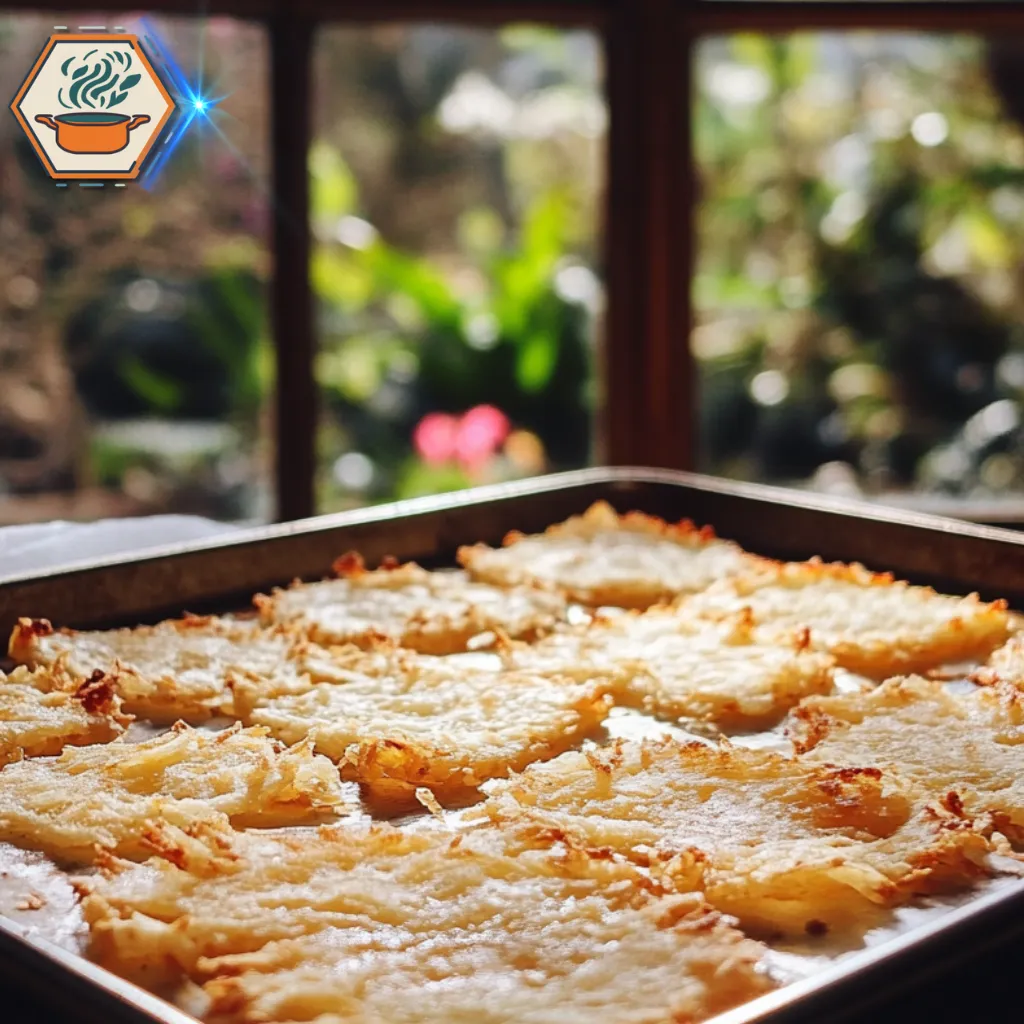
Frozen hash browns are a staple in many kitchens, thanks to their convenience and versatility. However, a lingering question divides home cooks: Should you thaw frozen hash browns before cooking? This debate has sparked many opinions, with some favoring convenience and others emphasizing flavor. In this section, we’ll address the risks, benefits, and common misconceptions surrounding the thawing process.
Do You Need to Thaw Frozen Hash Browns Before Cooking?
Thawing hash browns before cooking can be helpful, but it isn’t always necessary. Many recipes, like casseroles or skillet dishes, work well with frozen hash browns right out of the package. However, thawing can provide specific benefits:
- Improved texture: Thawed hash browns release excess moisture, resulting in a crispier final product.
- Even cooking: Frozen hash browns may cook unevenly, especially in dishes like hash brown patties or oven bakes.
- Reduced cooking time: Starting with thawed hash browns can cut down the time spent in the pan or oven.
To thaw hash browns safely, leave them in the fridge overnight or use the microwave’s defrost setting. This avoids partial cooking or sogginess that can occur when thawing at room temperature.
Learn more about creating crispy hash browns with our guide to crispy pancakes.
Risks of Using Unthawed Hash Browns in Casseroles
Skipping the thawing step can sometimes lead to unintended consequences, especially in casseroles:
- Excess moisture: Frozen hash browns release water as they cook, which may result in a watery or soggy casserole.
- Longer baking times: The dish will take longer to reach the desired temperature, affecting other ingredients like eggs or cheese.
- Uneven texture: Hash browns may remain partially frozen or overly mushy in the casserole.
Although some recipes account for the additional moisture, most will benefit from properly thawed hash browns to enhance their structure and taste.
How Thawing Affects Cooking Time and Flavor
Cooking frozen hash browns without thawing often requires patience. Directly frozen pieces may take longer to crisp, and the internal temperature might stay cooler for a while. When hash browns are thawed:
- Shorter cooking times: Pan-frying or baking times are reduced significantly.
- Enhanced flavor: Seasonings adhere better to thawed hash browns, ensuring a more flavorful bite.
- Uniform browning: Thawed hash browns cook evenly, leading to golden perfection.
An excellent example of flavor enhancement is seasoning thawed hash browns with garlic powder, paprika, or onion flakes before cooking.
Common Misconceptions About Thawing
There are a few myths about the need to thaw frozen hash browns, which often confuse home cooks:
- “Thawing is unnecessary for all recipes.”
While some dishes like soups or stews allow for unthawed ingredients, others benefit greatly from thawing. - “Thawed hash browns lose quality.”
Proper thawing retains the texture and flavor, especially when done under controlled conditions, like refrigeration. - “Microwave thawing ruins the hash browns.”
Using the defrost setting and pausing midway to check ensures microwave thawing works effectively without overcooking.
o ensure the best taste and nutritional value, freeze foods when they’re at their freshest. Delaying freezing can lead to diminished quality upon thawing.Food Safety and Inspection Service
By clearing up these misconceptions, you can make informed decisions about when to thaw and when to skip the process for frozen hash browns.
Best Practices for Preparing Frozen Hash Browns
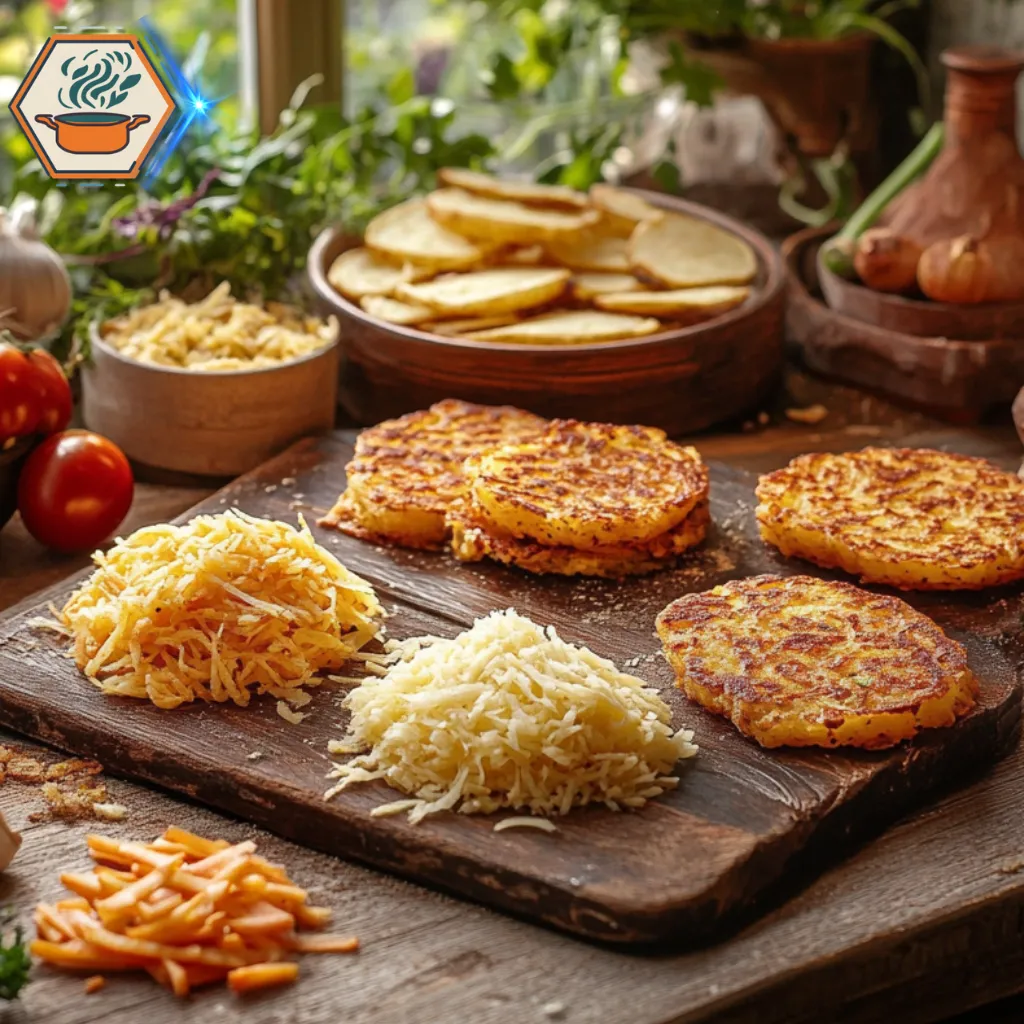
Frozen hash browns are a versatile ingredient perfect for breakfast or as a base for creative dishes. Ensuring they are prepared correctly enhances their flavor and texture, making them the star of your meal. Below, we’ll explore the best techniques for thawing, draining, and cooking them to perfection.
Proper Thawing Techniques
Before cooking, properly thawing frozen hash browns is essential. This step helps to avoid uneven cooking and excessive moisture, which can result in soggy hash browns.
Refrigerator Method
- Why it works: The refrigerator method is the safest and most effective way to thaw frozen hash browns. It prevents bacterial growth and preserves the quality of the potatoes.
- How to do it:
- Place the frozen hash browns in a sealed container or leave them in their original packaging.
- Transfer them to the refrigerator for 6-8 hours or overnight.
- Once thawed, they are ready for draining and cooking.
Microwave Method
- Why it works: The microwave method is quicker but requires careful attention to prevent partial cooking.
- How to do it:
- Place the frozen hash browns on a microwave-safe plate.
- Use the defrost setting or microwave in short 30-second bursts.
- Check frequently to avoid cooking the edges.
Room Temperature Method
- Why it works: If you’re short on time, this method can work, but it’s less ideal than the other two.
- How to do it:
- Spread the frozen hash browns on a clean baking sheet.
- Leave them at room temperature for 30-45 minutes.
- Ensure they do not sit out for more than two hours to avoid bacterial growth.
How to Drain Excess Moisture
Removing excess moisture is a key step in achieving crispy hash browns. Wet potatoes tend to steam instead of frying, leading to a less appealing texture.
- Use a clean kitchen towel: Place the thawed hash browns in the towel, gather the edges, and twist to wring out the moisture.
- Opt for a salad spinner: A salad spinner is another effective tool. Add the thawed hash browns and spin until most of the moisture is gone.
- Paper towels for final touches: Lay the hash browns on a layer of paper towels and pat them dry before cooking.
Tips for Achieving Crispy and Flavorful Results
To make your hash browns crispy and delicious, follow these tried-and-true tips:
- Use the right pan: A cast iron skillet or non-stick pan ensures even browning.
- Preheat the pan: Heat the skillet before adding oil or butter to prevent sticking.
- Choose the right oil: Use vegetable oil, canola oil, or clarified butter for a high smoke point.
- Don’t overcrowd the pan: Spread the hash browns in a thin, even layer. Crowding the pan leads to steaming instead of frying.
- Flip once: Let the hash browns cook undisturbed for 4-5 minutes on each side for a golden-brown crust.
Ingredients That Complement Hash Browns in a Casserole
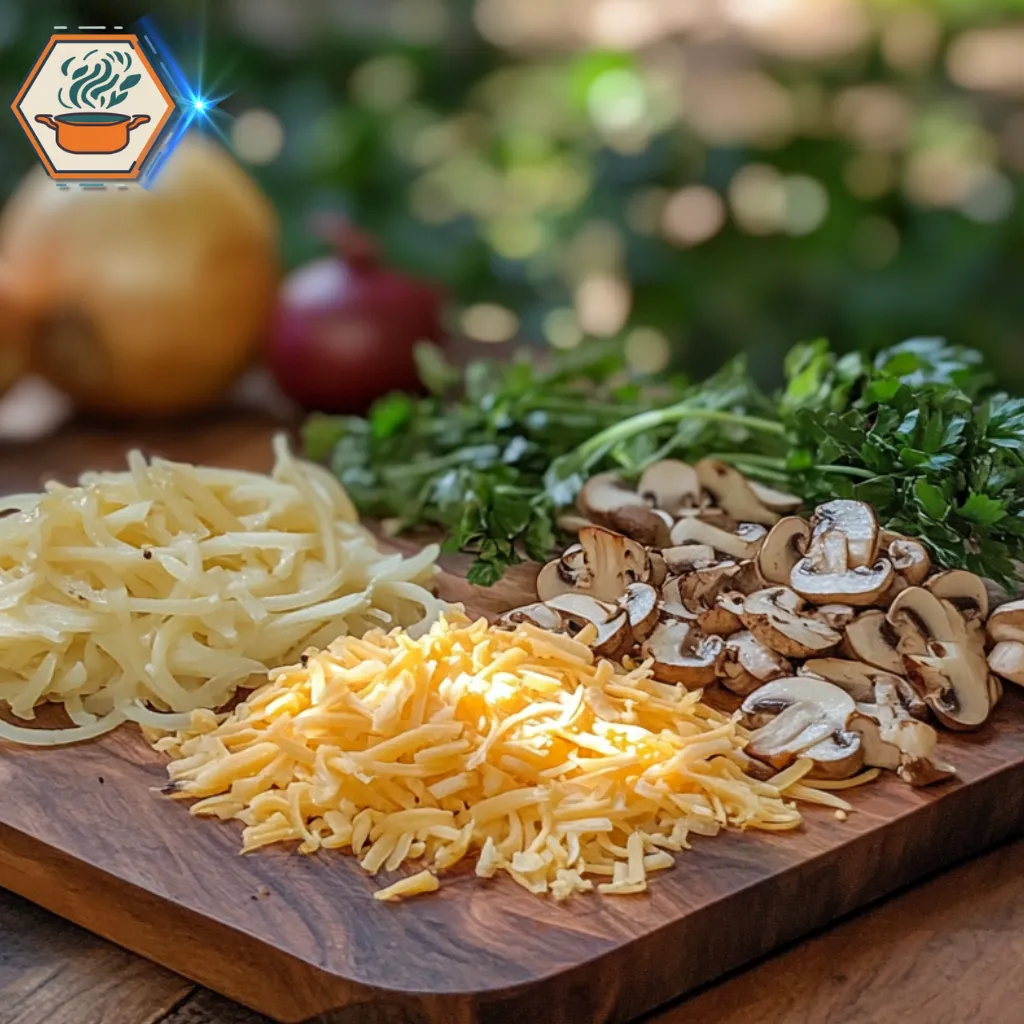
Adding the right ingredients can elevate your hash brown casserole into a flavorful and satisfying dish. Here are some popular options:
- Cheese: Shredded cheddar, mozzarella, or Monterey Jack for a creamy texture.
- Proteins: Cooked bacon, sausage, or diced ham for added heartiness.
- Vegetables: Chopped onions, bell peppers, or spinach for extra flavor and nutrition.
- Herbs and spices: Garlic powder, paprika, or fresh chives to enhance the taste.
- Creamy binders: Sour cream, cream of mushroom soup, or heavy cream to hold the casserole together.
For additional inspiration on casserole ingredients, you might find this comprehensive guide helpful.
Recipes and Frequently Asked Questions
Step-by-Step Recipe for Classic Hash Brown Casserole
Making a classic hash brown casserole at home is simple and rewarding. This dish combines crispy hash browns with creamy, cheesy goodness for a comforting and filling meal. Here’s how you can prepare it:
Ingredients:
- 1 bag (30 oz) of frozen hash browns
- 2 cups shredded cheddar cheese
- 1 can (10.5 oz) of cream of chicken soup (or a vegan substitute)
- 1 cup sour cream (can substitute with plain yogurt)
- ½ cup melted butter
- 1 small onion, finely chopped
- Salt and pepper to taste
Instructions:
- Preheat the oven to 350°F (175°C). Grease a 9×13-inch baking dish.
- In a large mixing bowl, combine the hash browns, cheese, cream of chicken soup, sour cream, butter, and onion. Mix until evenly coated.
- Add salt and pepper to taste, adjusting based on preference.
- Transfer the mixture to the greased baking dish, spreading it evenly.
- Bake in the oven for 45 minutes or until the top turns golden brown.
- Let it cool slightly before serving.
Variations: Cheesy, Spicy, and Vegan Options
You can customize hash brown casseroles to fit any dietary needs or flavor preferences:
- Cheesy Variation: Add extra cheese layers using mozzarella or gouda for a gooey texture.
- Spicy Variation: Mix in chopped jalapeños, red pepper flakes, or a dash of hot sauce for a fiery kick.
- Vegan Option: Replace the cream of chicken soup with coconut cream, use dairy-free cheese, and swap sour cream with cashew cream.
This versatility makes hash brown casseroles a favorite for all kinds of events, from family breakfasts to potlucks.
FAQs Section: Answering Common Questions
Can You Cook Frozen Hash Browns Without Thawing?
Yes, frozen hash browns can be cooked without thawing. Cooking directly from frozen helps retain their structure and keeps them crispy. Place them in a hot skillet with a thin layer of oil, and cook for 5-7 minutes on each side until golden brown. If you’re baking them, adjust the time slightly to ensure even cooking.
How Long Do Thawed Hash Browns Last?
Thawed hash browns last about 3-5 days in the refrigerator when stored in an airtight container. Always check for signs of spoilage like a sour smell or discoloration before use. If you’re unsure, it’s better to cook them immediately after thawing.
Are Frozen Hash Browns Already Cooked?
Most frozen hash browns are partially cooked. They’re blanched before freezing to retain their texture and color. However, they need further cooking to ensure they’re fully done and safe to eat. Always follow package instructions or cook them thoroughly in a skillet, oven, or air fryer.
For more meal inspiration, learn about how to make puree for your next side dish.

